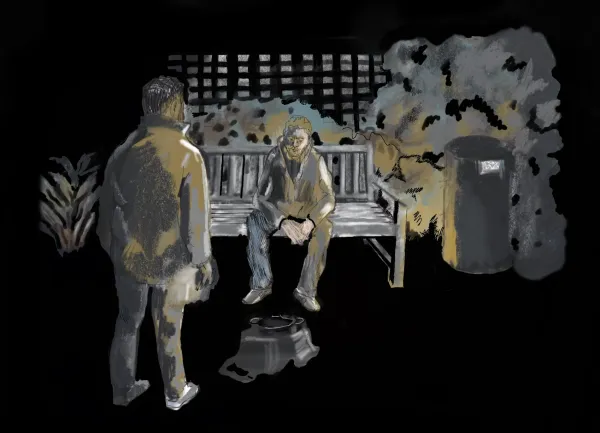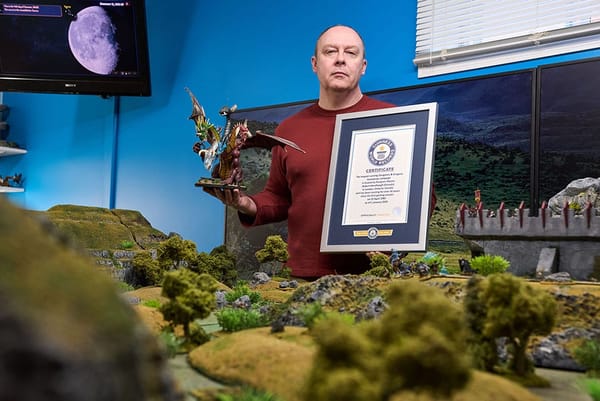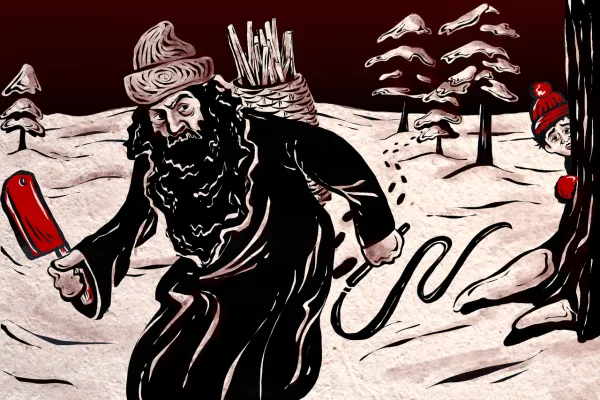How the oil and gas industry accidentally created Autotune

From Boing Boing: "Autotune gets a bad rep. Sure, it's been abused by plenty of artists, notably T-Pain and Cher's "Believe" single. But used as a mild assistive, it can be a great way to punch up a piece of music. Dr. Andy Hildebrand invented the original Antares Autotune software. A classic flutist, Dr. Hildebrand ended up working for Exxon Production Research for a while. It was there he helped to develop a software to process data from reflection seismology — using seismic waves to determine whether or not there might be any oil or other substances worth drilling/fracking/mining for. Dr. Hildebrand worked his way back into the music industry, bringing his computer expertise with him. According to Greg Milner's book, Perfecting Sound Forever: An Aural History of Recorded Music, he overheard the wife of a colleague saying how great it would be to have a device that would keep her on pitch. And that's when he had his eureka moment, and flashed back to the technology he'd worked on at Exxon."
He has Alzheimer's and forgot he was married so he asked his wife to marry him again

From The Guardian: "A married couple from Connecticut hosted a second wedding ceremony when the groom, who has a type of dementia, proposed to his wife again after forgetting they were already married. Despite struggling to remember his marriage due to early-onset Alzheimer’s disease, Peter Marshall, 56, has never forgotten the love he has for Lisa, 54, his wife of 12 years, whom he has recently mostly regarded as his favorite caregiver given his deteriorating memory. While watching a wedding scene on TV last year, Peter asked Lisa to marry him, not remembering the wedding proposal the next day, and forgetting that he and Lisa were already married. “I said, ‘Do what?’ And he pointed to the TV, to the scene of this wedding and I said, ‘Do you want to get married?’ He said yes and had this huge grin on his face,” said Lisa Marshall, according to NBC New York. “He doesn’t know that I’m his wife. I’m just his favorite person.”
Rainwater's mathematical theorem exists but the guy it's credited to doesn't
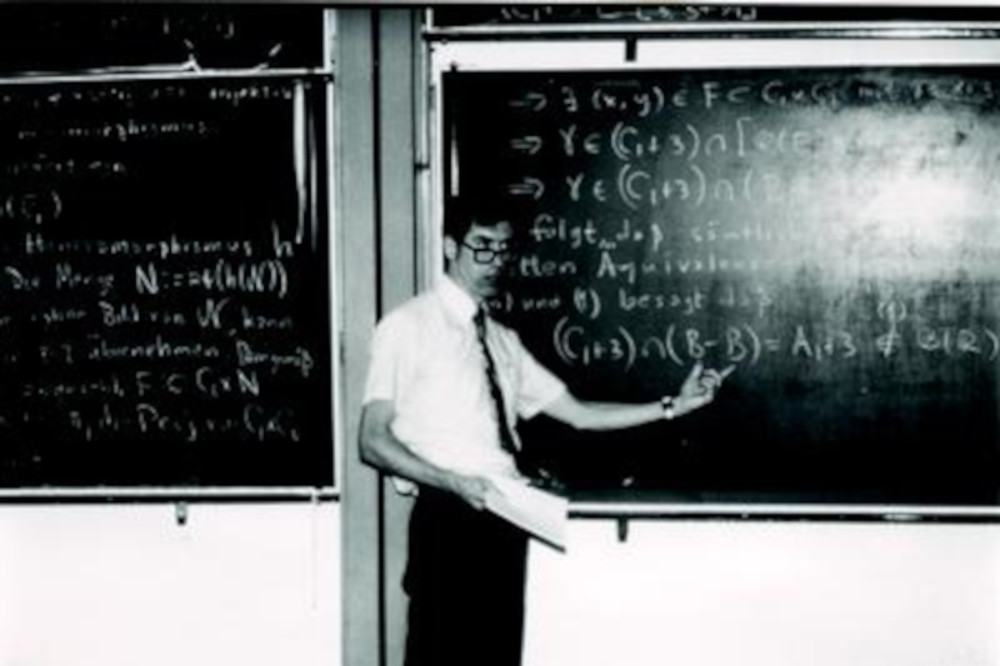
From Wikipedia: "Mathematician John Rainwater is the author of some important results in functional analysis, but he doesn't exist. He was invented at the University of Washington in 1952 and enrolled in a mathematics course by graduate students who were in possession of a duplicate student-registration form. Students submitted homework for Rainwater throughout the semester. The professor caught on to the prank around the middle of the term. Other students in the class were made aware of the situation from the professor's enigmatic remarks after he became the victim of a novelty "exploding" fountain pen bearing Rainwater's name. Later, mathematicians published research under the pseudonym John Rainwater, including some related to functional analysis, particularly in the geometric theory of Banach spaces and in convex functions. Rainwater's theorem is an important result in summability theory and functional analysis. The University of Washington's seminar in functional analysis is called the Rainwater seminar, and the associated Rainwater notes have influenced Banach-space theory and convex analysis."
Hi everyone! Mathew Ingram here. I am able to continue writing this newsletter in part because of your financial help and support, which you can do either through my Patreon or by upgrading your subscription to a monthly contribution. I enjoy gathering all of these links and sharing them with you, but it does take time, and your support makes it possible for me to do that. I also write a weekly newsletter of technology analysis called The Torment Nexus.
Thalidomide is a mirror-image molecule with one side that has positive effects and one negative
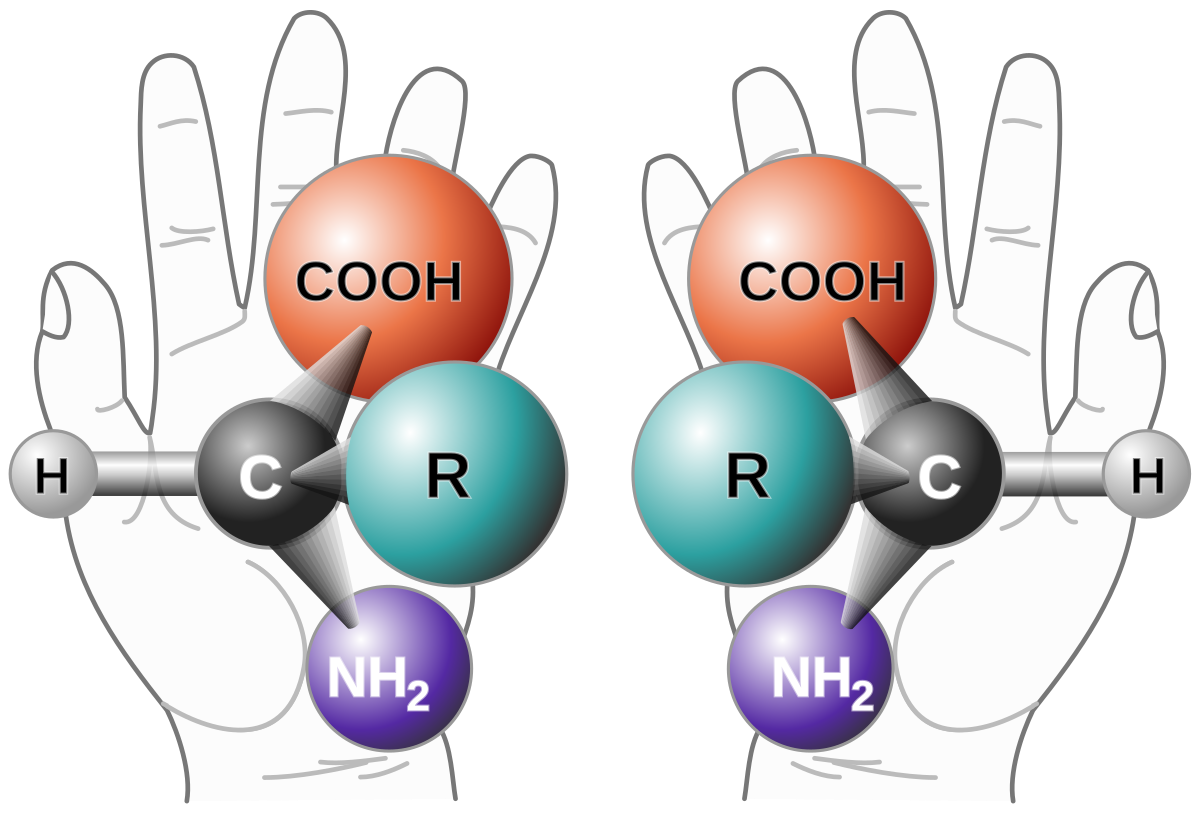
From The Conversation: "The effects a drug or chemical compound have on the body depend on how its atoms are arranged in space. Some compounds have a dark twin with the same molecular formula but different 3D structure – and this can have consequences for what they do or don’t do in the body. Consider the tragic story of thalidomide, a morning sickness drug that caused thousands of birth defects and miscarriages. While one form, or isomer, of thalidomide has a sedative effect, the other is thought to cause abnormal physiological development. Because the two versions can convert back and forth in the body, it’s dangerous to take either form of thalidomide while pregnant. One such compound is found in red grapes and peanuts, resveratrol. It has been a scientific mystery why clinical trials on using resveratrol to treat Alzheimer’s disease have had inconsistent results. Turns out, it may be because two different forms were used – while one may help with cognition and memory, the other may be toxic."
Why is there so much champagne at the bottom of the Baltic Sea?
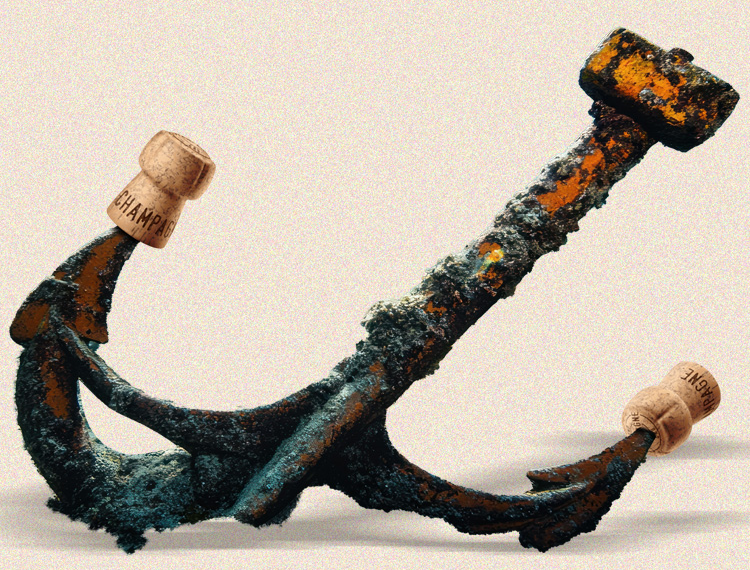
From Vinepair: "Wine has been produced in the Champagne region of France since the 5th century, but it wasn’t until the 1600s that Champagne as we know it today would come to be. And following the establishment of the first Champagne house by the Ruinart family in 1729, the region catapulted to prestige status. By the 19th century, France’s sparkling wine had established itself as the drink of the upper echelon, with royals from Russia to England consuming boatloads of the stuff. In order to get all of this Champagne around the European continent, it was necessary to take some relatively treacherous trade routes. One of those routes was through the Baltic Sea, a crucial passage to get bottles to Estonia, Latvia, Lithuania, and Russia, where tsars drank it as a part of everyday life. But navigating the Baltic Sea, with its tiny islands and unique weather patterns, meant that many of these ships never made it to their destination."
The size of this massive bull elk crossing the road in Colorado
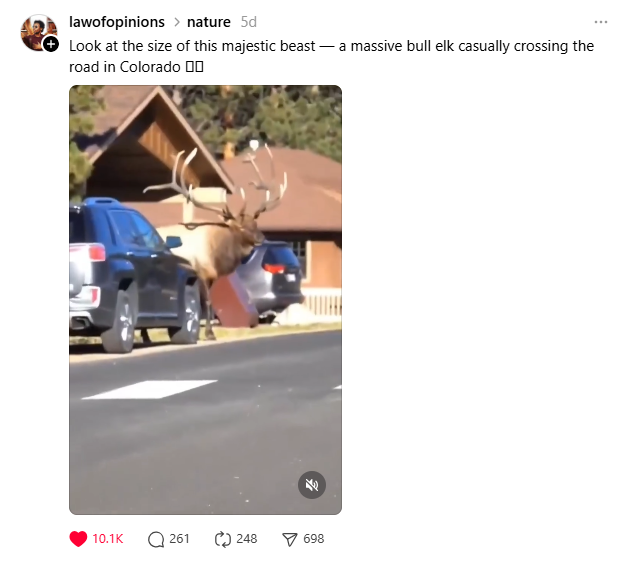
Acknowledgements: I find a lot of these links myself, but I also get some from other newsletters that I rely on as "serendipity engines," such as The Morning News from Rosecrans Baldwin and Andrew Womack, Jodi Ettenberg's Curious About Everything, Dan Lewis's Now I Know, Robert Cottrell and Caroline Crampton's The Browser, Clive Thompson's Linkfest, Noah Brier and Colin Nagy's Why Is This Interesting, Maria Popova's The Marginalian, Sheehan Quirke AKA The Cultural Tutor, the Smithsonian magazine, and JSTOR Daily. If you come across something interesting that you think should be included here, please feel free to email me at mathew @ mathewingram dot com
